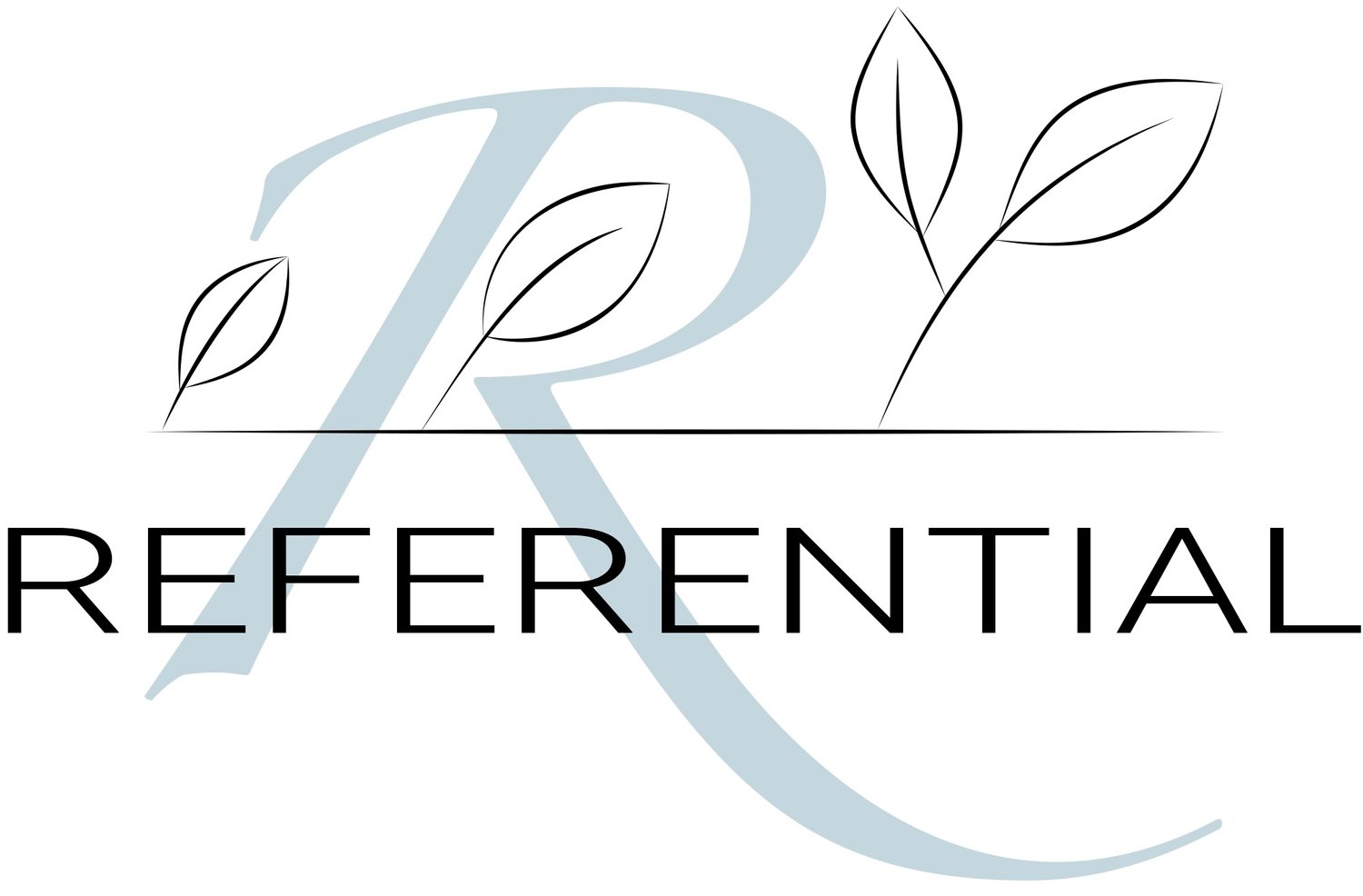Program Management of an AdvocateHub: Let’s Talk Naming Conventions
If you’ve ever managed a community or advocacy program, you’ve probably looked into tools that can help you deliver better organized results, faster. At Referential, we help manage programs that haven’t yet invested in a purpose-built reference management system (RMS) or customer marketing & advocacy (CMA) platform of any kind.
Should interest arise in an RMS or CMA, we help clients review available solutions to find the one that best fits their needs. In that sense, we’re vendor agnostic.
Maintaining a robust, dynamic program using spreadsheets requires diligence and any number of best practices. These include approaches that aid reporting, aid searchability and simplify knowledge transfer should a different reference manager be brought on board.
As you will learn if you work with platforms like RO Innovation, ReferenceEdge, SlapFive, Orca, ChampionHQ, Deeto or Base, these tools expedite and simplify many aspects of your life as a reference manager. However, they too come with their own sets of best practices.
With that in mind, today I’d like to walk you through a best practice for a solution you may be using or thinking about purchasing.
Influitive AdvocateHub
This post will not delve into the numerous technical capabilities or integrations of the platform itself. Instead, it will provide an easy best practice I have found very useful over 10+ years working as an Influitive admin.
In terms of gamification, it’s a lot of fun to begin the process of channel and challenge creation, layout and organization. It is no small undertaking to create a full schema of activities for your advocates to complete, and the journeys these activities represent.
Organization & Continuity
When you become an admin of the Hub, it is essential you think both short and long term about overall strategy. I like to employ a best practice when I’m creating challenges and naming them on the backend, one that enables me to see the dates, target audience, challenge creator and more at a simple glance and, more importantly, with a simple search.
When you migrate to your main “Challenges” page, you have the ability to search for challenges you’ve created. The more you get, the more there are to search - and this can become cumbersome.
Let’s talk Naming Conventions!
When I’m creating challenges, through my years I’ve come to rely on a simple template I use for every activity that tells me everything I want to know about said activity: the type it is, where it lives, the dates of publication and expiration, who created it and the name the advocates will see.
In this case, the initials of the admin that created it are in brackets. Next, the channel the activity appears in (events) and in the case of an event, what type of event it is (webinar). That’s followed by its event type in your drop-down options (activities), the name the advocates see and the aforementioned dates of publication and expiration.
You’ll find this dramatically speeds up your ability to search, on the fly, for specific activities.
This can be broken down further by including conference names, unique events, different review sites, referrals - even targeting can be referenced using this. If, for example, you have a challenge available only to a specific group or individual, making mention of it here will really help to keep your hub well organized.
On the chance that you step into a different role, or additional admins join your team, this practice is extremely helpful when it comes to knowledge transfer and/or sharing admin responsibilities. Like anything else, this becomes automatic and second nature the more you do it.
I’d love to hear about your best practices in the comments below!
FAQ
How does the implementation of an Influitive AdvocateHub or similar platform impact the overall efficiency and effectiveness of advocacy programs compared to managing programs solely through spreadsheets?
In terms of overall efficiency, the numerous capabilities of the Influitive AdvocateHub puts a cross sections of community management, gamification and motivation, and reward at your fingertips. This platform streamlines processes, centralizes data, provides automation features and customizable reporting that can, with the right administrators and oversight, lead to improved collaboration, decision-making, and better tracking of advocacy efforts. This efficiency results in more targeted outreach, increased engagement, and ultimately, greater impact on advocacy goals compared to manual spreadsheet management.'
In what specific ways do reference management systems (RMS) or customer marketing & advocacy platforms (CAPs) streamline the process of creating and managing advocacy programs? Are there any notable features or functionalities that significantly differentiate these platforms?
RMS / CAPs (examples of which include Influitive, Upland’s RO Innovation, SlapFive, Base.ai, Orca, Deeto, and Point of Reference’s ReferenceEdge) are ideal because they centralize data, automate tasks, enable targeted outreach, track engagement, manage and help to set up campaigns, facilitate collaboration, support communication with advocates, and provide reporting and analytics. These platforms consolidate customer information, automate tasks the identification of advocates and collecting testimonials, allow for personalized outreach, etc.







